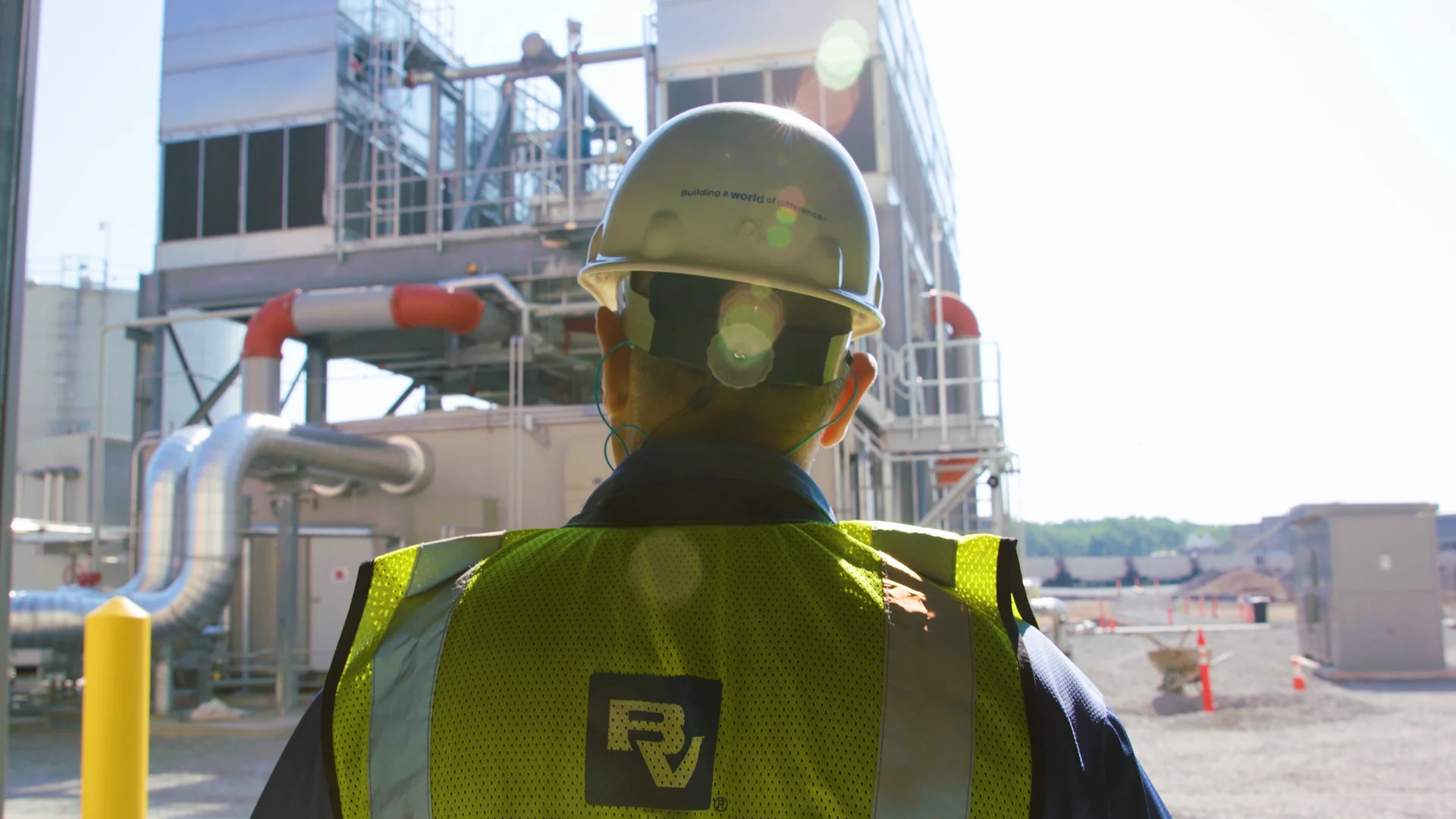With most capital investments in the power sector typically measured in multi-decade terms, how do service providers balance the necessity for long-term planning and the need to achieve near-term goals associated with changing policies, decarbonization objectives and an increasing need for resilience?
And with the relentless surge of renewables, how do U.S. electric utilities find ways to integrate it all onto the grid — a task that our survey of about 250 power sector stakeholders cite for the second consecutive year as their top challenge, along with aging infrastructure?
Funding from the Infrastructure Investment and Jobs Act (IIJA), also known as the Bipartisan Infrastructure Law and signed into law in November 2021, certainly helped impact at least some of this investment decision-making by virtue of the $107 billion it ultimately will provide in funding and incentives for clean energy, power and electricity grid reliability projects. The more recently enacted Inflation Reduction Act (IRA) — approved by Congress and signed into law in August — provides another $369 billion in funding incentives for clean energy, arguably making it the most impactful piece of energy policy ever enacted in the United States.





